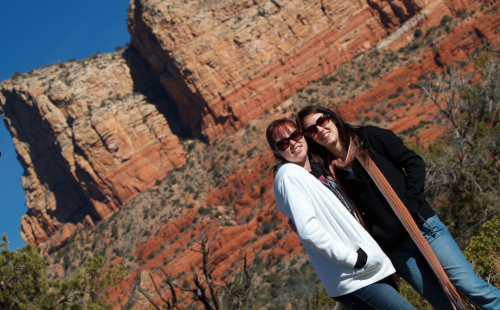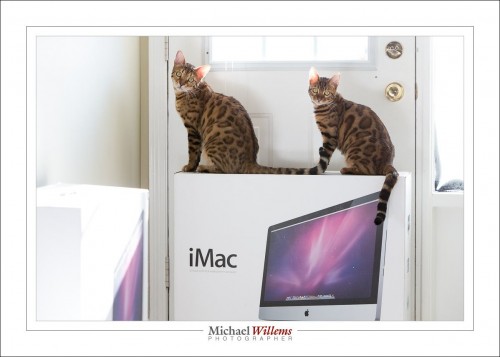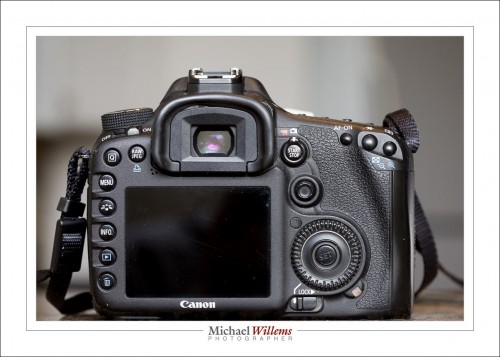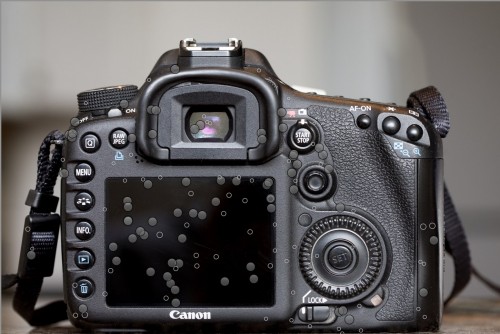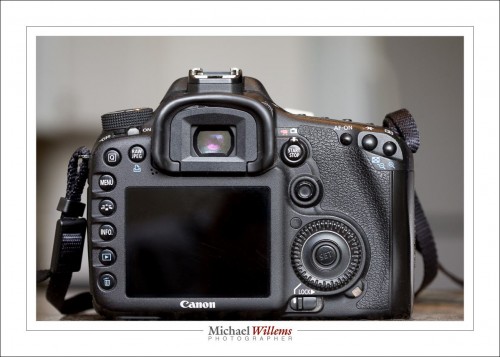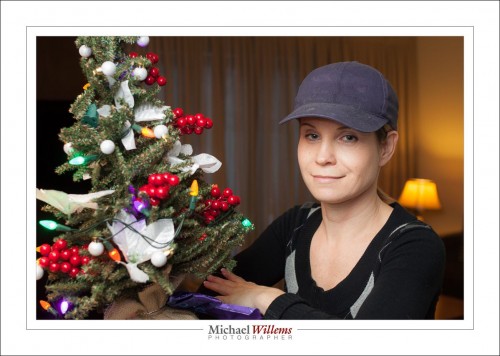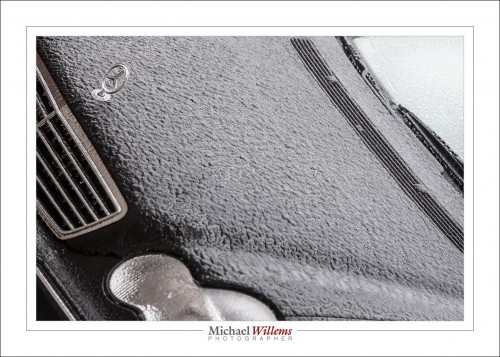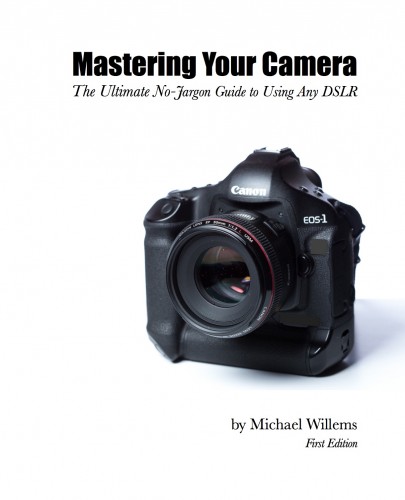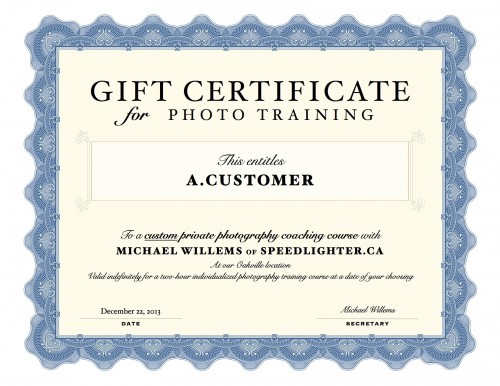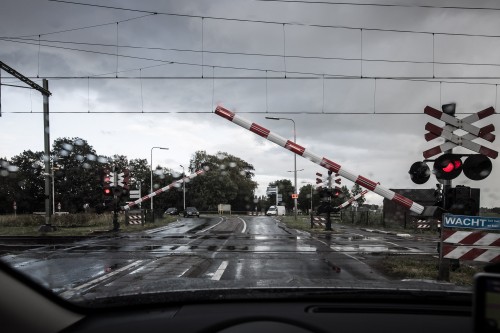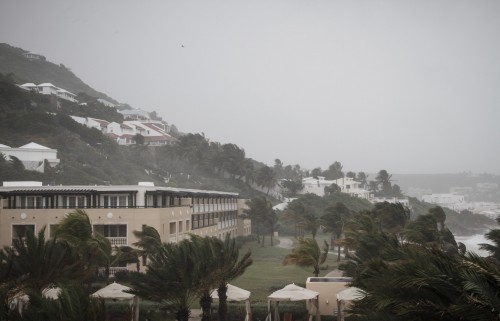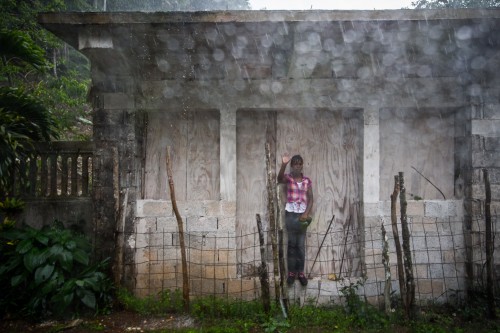Today, another reader question–one that will interest many of you, so I will answer it here. Reader R.D. asks:
I am seriously considering “investing” in a full frame camera from my crop (CanonT3i). I am considering the Canon 6D and 5D MkIII. It will be a quantum shift for me. I have read your posts on the topic and I believe you feel both cameras are great.
My two questions are, 1) if you were going to choose between the two, which one would you go for; and 2) given I would also need to invest in new lenses (mine are EF-S), what would be your first and second choice in lens selection (I am asking having read your bakery’s dozen lens tips).
Great questions both, and very relevant. Let me try and answer them, with the proviso that I can only tell you in and outs; only you can make the decision. A bit like asking “what car should I buy”. That said, with the right ins and outs, you will know what is right for you, I am sure.
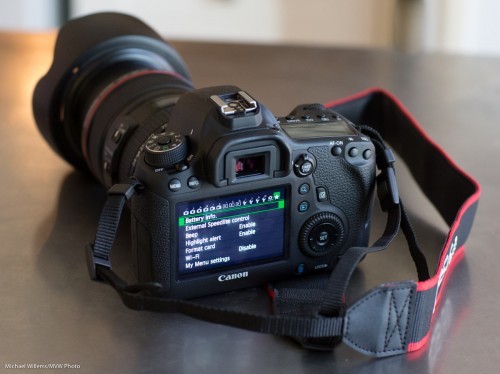
First, the camera choice. Yes, correct: I love both of them. I was amazed to see how good the 6D is: I thought Canon would have left significant functions out, but no. The main thing you lose compared to the 5D3 is the ability to write each picture to two memory cards: this is essential if you shoot weddings, but less important otherwise. There are other differences (the 6D has more plastic and is less weather resistant, and has simpler focus point geometry: 11 points vs 61 points. Also, it has slower continuous shooting, and a very slightly smaller viewfinder. The 6D has a stereo microphone. The 6D uses SD cards; the 5D3 CF and SD cards.
If these differences are important to you, spring for a 5D Mark III. I would say if you shoot weddings, the “dual cards” feature will be necessary. If you like a lot of focus points, too, the 5D might be your choice. Otherwise, I love the 6D. I advise you go into a store and hold both of them, use them, take them through their paces. Both are excellent choices. And a full frame, modern camera will amaze you: yes, this is a great time to upgrade.
Then the second question: lenses. This depends on what you want to shoot. My newly released Travel Photography book has a long section on lenses. I would say this:
- If you travel, think of a wide angle lens like the 17-40 f/4L or the 16-35 f/2.8L.
- If you shoot wildlife, consider a long telephoto lens.
- If you shoot sports, try to obtain a 70-200 f/2.8 lens.
- If you shoot “general purpose” photos, if you can afford it, the 24-70 f/2.8 is a superb lens and I know it is on sale at several retailers now.
- If you want to save money, then go for some general purpose lens, but see if you can afford at least one “L”-lens. The cameras are both superb, and both warrant a superb lens.
- You can also consider third-party lenses. Here, my advice is: hold them, try them, feel them: if you love the feel, you can save money this way. Today, some third party lenses are very good.
And finally: do, please, please, get a prime lens also: I would recommend the 50mm f/1.4, or even the extremely affordable 50mm f/1.8. Those lenses will allow you to get those beautiful crazy blurry backgrounds and to shoot in dark rooms without having the ISO cracked up very high; and they are both very sharp.
Tell me more about your type of shooting and I will help more, but this may help you along already, I think.
Finally: also learn the ins and outs of Lightroom!
Michael — standing by for more questions.


